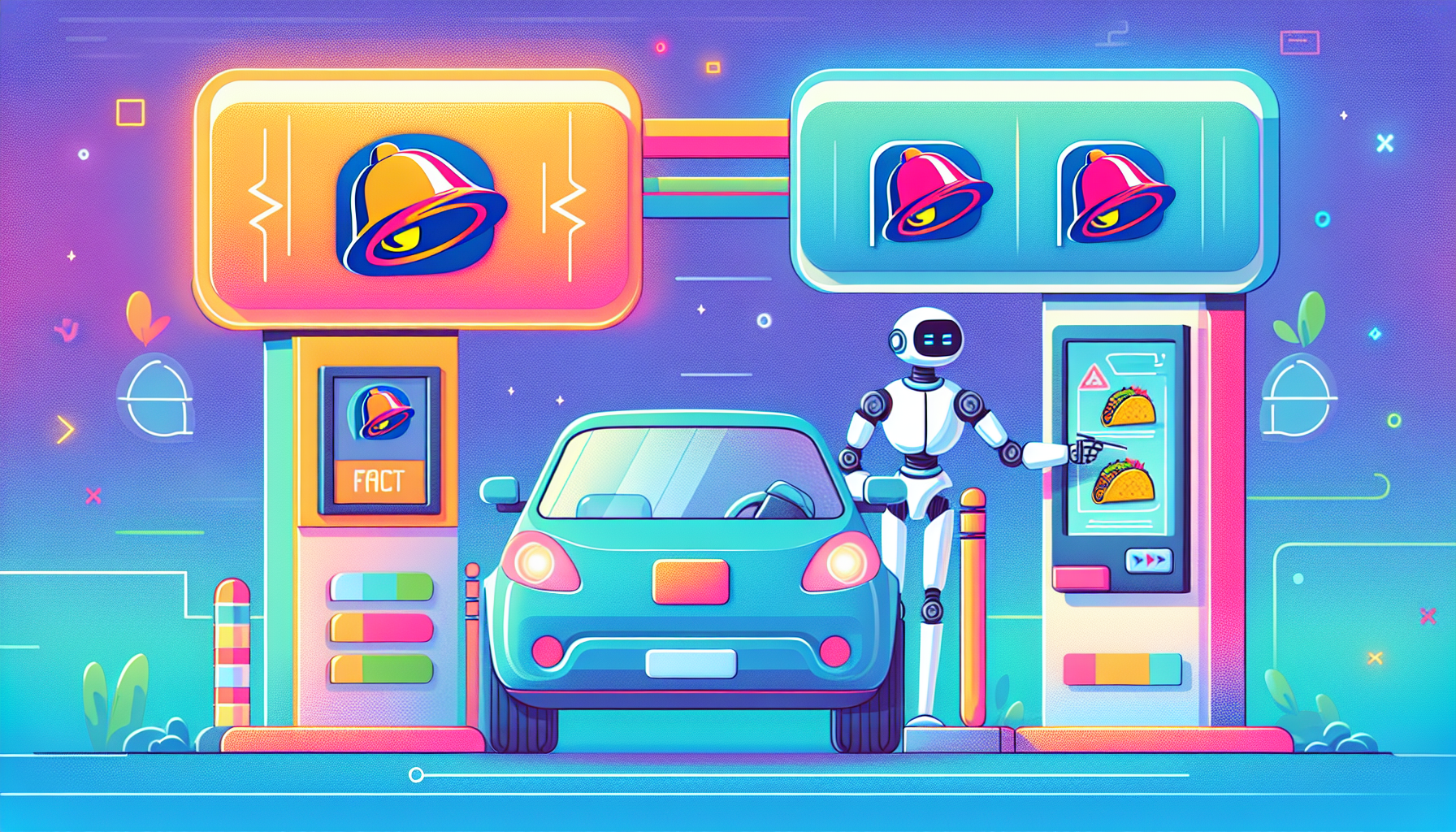Taco Bell Introduces Automated Drive-Thru Ordering Nationwide

The Future of Fast Food: Taco Bell’s Introduction of AI-Powered Drive-Thru Ordering
In an era where speed, convenience, and technological innovation define customer expectations, Taco Bell is taking a bold leap forward. By the end of this year, the fast-food chain aims to complete its nationwide expansion of automated drive-thru ordering systems. This step represents a significant integration of Artificial Intelligence (AI) in the fast-food industry, confirming its pivotal role in revolutionizing service delivery and customer satisfaction.
How Automated Drive-Thru Ordering Works
At the core of Taco Bell’s AI-powered drive-thru is a sophisticated virtual assistant, designed to understand and fulfill customer orders. When you arrive at a Taco Bell drive-thru equipped with this technology, you interact not with a human employee, but with an intuitive AI system. This system is capable of processing orders through advanced voice recognition techniques, determining the customer’s needs based on their spoken words.
The AI system’s process begins with *natural language processing (NLP)*, which translates spoken language into machine-readable data. This bypasses traditional limitations in recognizing accents, dialects, or varied speech patterns. The machine learning algorithms continuously refine their accuracy by interacting with thousands of orders daily.
Additionally, Taco Bell’s AI is equipped with predictive analytics, which streamlines the ordering process by anticipating high-demand items and suggesting complementary products. This not only speeds up the ordering process but also encourages upselling, aligning with Taco Bell’s business objectives.
The Advantages of Automated Ordering for Customers
One of the standout benefits of AI-driven drive-thrus is the significant reduction in order errors. Human error in order taking can lead to inaccuracies, resulting in customer frustration and potential loss of revenue. However, AI-powered systems offer a more consistent and reliable alternative.
Furthermore, speed is a crucial factor in the fast-food industry. By automating order taking, Taco Bell can handle more orders in a shorter span of time, significantly decreasing wait times. This efficiency is particularly valuable during peak hours when the demand is highest.
Moreover, the integration of AI-drive thrus also expands accessibility. For instance, customers with hearing impairments who may struggle with traditional ordering methods find it simpler to place their orders using integrated touch screens or mobile app interfaces, which are synced with the AI system.
Challenges and Considerations
While the integration of AI in drive-thru ordering offers numerous advantages, it is not without its challenges. One primary concern is ensuring data privacy and security. The collection and analysis of customer data necessitate stringent measures to safeguard personal information against breaches or misuse.
Additionally, the transition from human-operated systems to AI requires significant investment in technology and training. Employees need to adapt to new roles, focusing more on customer service than order taking. This shift could require a cultural change within the organization, along with appropriate training to seamlessly integrate human and automated operations.
There is also the question of balancing automation with personal customer experiences. While AI can handle orders efficiently, the human touch remains irreplaceable for many customers. Taco Bell must therefore find ways to retain personal engagement through in-store interactions or through personalized digital channels.
Economic Implications
The automation of drive-thru ordering systems has broader economic implications as well. Reduced labor costs are an immediate effect, as fewer employees are needed to take orders. However, this could result in jobs being displaced, a concern that cannot be ignored. It calls for a strategic approach to workforce management, possibly by redeploying employees to enhance customer service or manage other essential tasks within the restaurant.
On the flip side, the increased efficiency and accuracy of AI systems can lead to higher revenues. Faster service means more orders processed per hour, which directly correlates with increased sales. Additionally, the ability to upsell through predictive suggestions can boost the average ticket size.
The Future Landscape of AI in Fast Food
Taco Bell’s initiative sets a precedent for the fast-food industry. As AI technology continues to evolve, we can anticipate more fast-food chains adopting similar systems. Future advancements could include even more personalized interactions, with AI-driven systems remembering previous orders and preferences, thereby offering a customized experience to returning customers.
Moreover, the integration of AI might extend beyond drive-thrus to encompass kitchen operations, inventory management, and customer feedback analysis. Such holistic AI implementation could revolutionize every aspect of fast-food service, from the preparation of food to its delivery.
As AI becomes more ingrained in our daily experiences, the role of human employees will also transform, focusing increasingly on roles that require emotional intelligence, problem-solving, and complex decision-making—areas where machines are yet to master us.
To stay updated on the latest advancements in AI technologies and their application in different sectors, consider subscribing to our newsletter. For businesses looking to explore similar AI-driven solutions in customer support and service delivery, we invite you to learn more about IntelliAgente. Contact us for detailed information on how IntelliAgente can enhance your business operations.
Fonte: Independent.co.uk
